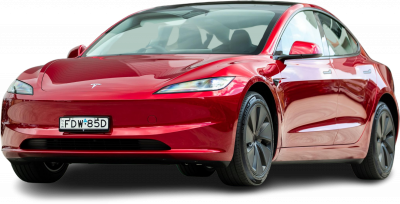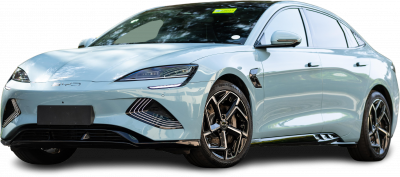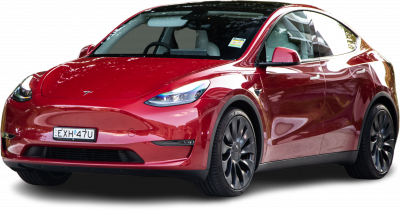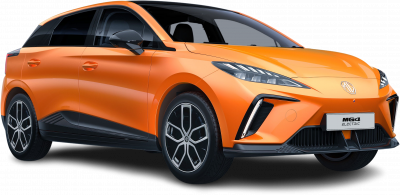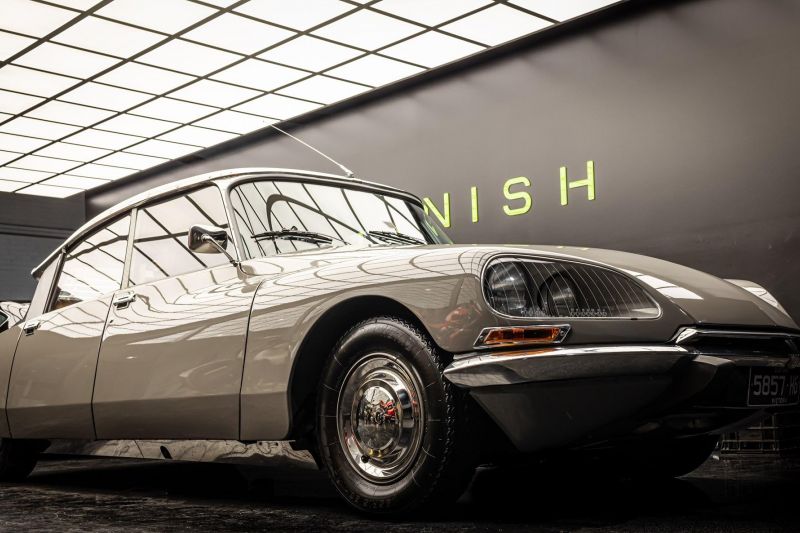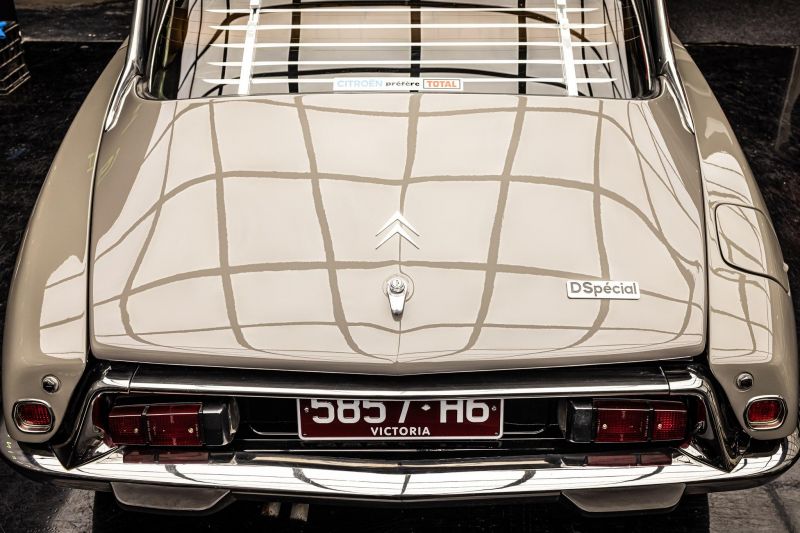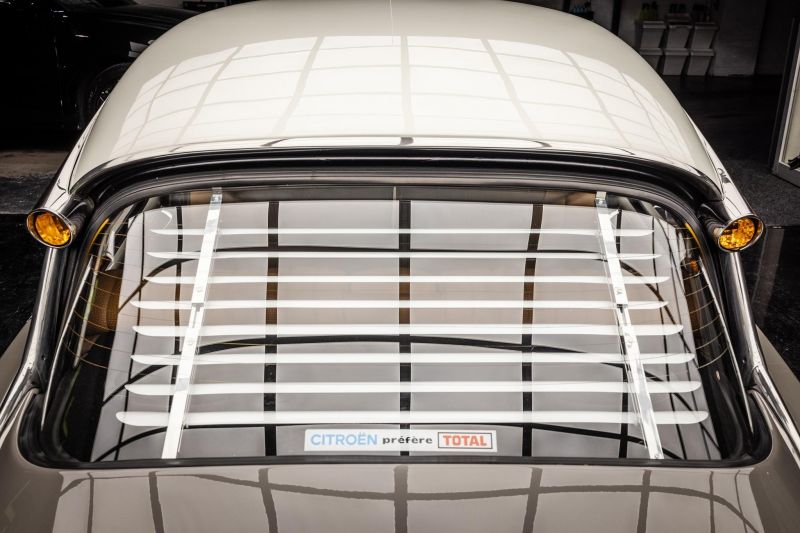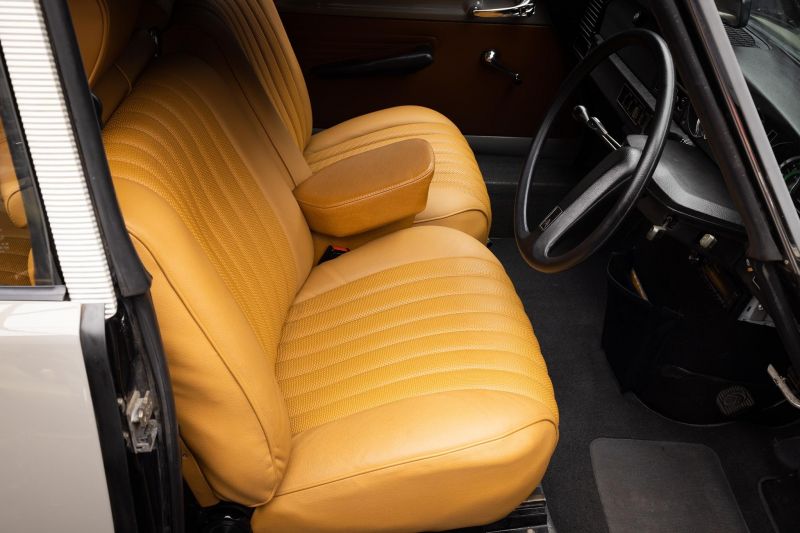About the Citroen D Special
RAN XI purchased this Citroen D Special used for $41,000 (including all on-road costs) in 2021. RAN XI would buy this car again because: “Well yes. For me, the Citroen DS represents the pinnacle of visionary automotive design, and something that speaks to me deeply on both a rational and emotional level. As such, I’d personally find it difficult to live a life without a DS in it. “
How reliable has your car been? Tell us about any issues.
The yardstick for assessing reliability when you’re talking about an almost 50 year-old car probably needs a bit of re-calibration compared to something newer.
In the two years that I’ve now owned this example, nothing serious has ever gone wrong. It’s always started on first attempt, has never left me stranded on the side of the road, and nothing has failed in a way that would have put my life at risk.
Having said that, even though I bought a fully-restored DS, and I’ve put only about 5000 kilometres on the odometer, when you have an old car there’s always something to fix. Off the top of my head – a rear door lock needed to be repaired, a rear sphere needed to be replaced, the front passenger door was a bit out of alignment and had to be rectified and a worn clutch cable had to go.
And there have been a few other niggly things that I’ve now forgotten about. But parts are super easy to get online (there’s a huge cottage industry that exists to support these things) and I’ve got a pretty sweet deal going when it comes to ongoing maintenance – I’ll talk about that in more detail in the ownership experience section.
All in all, I’ve only had to spend a couple of grand on maintenance in the time that I’ve owned it, which I really can’t complain about.
What do you think of the ownership experience with your car?
In a nutshell, there’s nothing in the world like owning a Citroen DS.
The first time I saw a DS was on a warm autumn day in 1996, when I was thirteen years old. It was being driven slowly around Albert Park Lake in Melbourne.
To this teenager (whose bedroom walls at the time were adorned with posters of RX-7s, Supras, 300ZXs and GTOs), it was the ugliest thing I had ever seen. To me, it resembled an oversized duck, which perhaps would have been more at home floating on the lake, rather than being driven around it.
But over the subsequent weeks and months, something strange began to happen – I just could not get that image of the Citroen DS out of my head – even though at the time I wasn’t even aware that it was called a Citroen DS. I had to learn more about that car.
Since Google was still two years away from being invented and I lacked internet access at home (current-day 13 year-old boys will never understand that struggle), I went to the library and borrowed a book that contained information about the big Citroen.
By the time I had finished reading, the DS had become my favourite car. The FD Mazda RX-7 had been relegated to number two.
In 2009, at the age of 26, I could finally justify buying a DS. I bought the best example that I could afford at the time and kept it for about three years.
Unfortunately, after going through a relationship break-up (at the end of which my living expenses had become considerably higher), I had to get rid of that car. But I vowed that one day I would own another.
Fast forward to 2021 – in the middle of COVID lockdowns in Melbourne, I managed to amass a decent amount of savings towards my goal of acquiring a DS. So I hit the classifieds and found two good prospects – a grey car in Nambucca Heads and a light-blue car in Tamworth. I called up my friend in the Citroen car club, and as soon as the borders to NSW had re-opened, we completed a 3000 kilometre round trip to go check out those two examples.
Both were very good, but the grey one was in impeccable nick, so that’s the one I decided to buy. It was then transported down to Melbourne, and finally the DS-shaped hole in my heart had been refilled.
Every drive in the DS feels like an event – even a quick trip down to the supermarket. Even the fact that you have to wait for the car to rise up on its suspension before you drive off adds to the sense of theatre. When you’re on the road, you get stares, waves, looks of bemusement, smiles and no doubt some chuckles too. Very often someone will come over for a chat and often that chat would result in them reminiscing.
“My uncle used to have one of those back in Aix-en-Provence… unfortunately he’s no longer with us. Wonder what happened to that car…”
“Ooo, my architect boyfriend had one of those back in the 70s…”
“I used to work on these #@%! heaps back in the factory while I was doing my apprenticeship at Citroen. I can’t stand them.”
That last quote is actually from a guy called Elliot – who happens to be my mechanic. Yes, he actually built them back in the day. He then did a stint in the French Navy, testing atomic weapons(!), before eventually settling in Australia.
Despite not liking them very much, Elliot realised that his affinity with French cars meant the best career path for him was to open a French car garage. Even though he is retired now (and the garage no longer exists), he still works on a handful of cars around Melbourne with his mobile workshop. I’m very lucky to have access to him – anytime I need something done, he turns up in his van and does the work. But he never fails to let me know exactly how much he dislikes the DS every time he comes over to perform a service.
I could go on and on with the stories, but my point is this – when you own a DS (or indeed any classic), you don’t own just a car. You own something that weaves together people, their stories and history – and you become acutely aware that you’re now the custodian of something that has transcended mere material possession.
Are you happy with the price and features of your car?
That’s a very difficult question to answer. I paid $41,000 for my DS. Which to some might seem indulgent for a weekend ‘toy’. But given the lack of depreciation (and possible future appreciation), the price tag wasn’t too difficult to justify.
As for features – from one perspective, it doesn’t really have anything that could be considered modern. The windows are wind-up ones, there’s no central locking or airbags or even ABS. Certainly no touchscreens and ‘smart’ tech to be seen…
But on the other hand, it offers hydropneumatic suspension, disc brakes operated via a mushroom-shaped button on the floor, headlights that swivel with the steering wheel and the fact that it pioneered so many features that are so commonplace in cars today – all the way back in the ’50s, ’60s and ’70s.
What do you think of the performance and economy of your car?
OK, this is the DS’ Achilles heel.
My D Special (which is not the top-spec version) is powered by a coarse and agricultural four-cylinder that can trace its roots back to the Traction Avant from the 1930s. So yep, the basic design is now nearly a century old.
The DS was originally designed around an air-cooled flat-six (à la Porsche 911), but technical and budgetary constraints didn’t quite allow for that to happen. Pity.
Still, even with its meagre power output and humble origins, it manages to keep up with modern-day traffic and is very happy to cruise at over 100km/h, thanks largely to the aerodynamics of its body. It makes a fair bit of racket while doing so though.
Fuel economy is nothing to write home about – I get around 400 kilometres from its 65-litre tank encompassing a combination of urban and highway driving.
What do you think of the technology in your car?
Let’s take things back to 1955-1975. During this period, the DS featured (or pioneered):
- Use of composite materials
- Disc brakes
- An engine designed to slide under the passenger compartment in a crash
- Front-wheel drive to make more efficient use of space
- Power steering
- A very aerodynamic body
- High-mounted indicator lights for better visibility
- Headlights that could see around corners
- A single-spoke steering wheel for a better view of the instruments
- Soft materials on the dashboard for better crash protection (in later versions)
- Big, cushy seats for long-distance comfort
- A brake button (instead of a pedal) for quicker braking response
And of course the hydropneumatics. So all in all, I don’t think there’s ever been a more technologically advanced car (relative to its contemporaries) than the Citroen DS.
What do you think of the ride comfort and handling of your car?
When it comes to ride comfort, the DS glides. At highway speeds, it feels a bit like a hovercraft, with a lovely level of waft to its road manners.
Thanks to the hydropneumatics, you can drive over speed humps at any speed, and the car stays completely flat – not that I would encourage this, of course…
Smaller bumps (especially in quick succession) can make their way into the cabin though – so anyone who tells you that these old Citroens offer a completely smooth ride is being a bit hyperbolic. However, overall – the near 50 year-old Citroen shames many modern vehicles.
As for the handling – body roll is the order of the day. But once you learn to work with the body roll, you realise that the DS can carry a surprising amount of speed through the corners because it just hangs on.
Think of it like an oversized Mazda MX-5.






